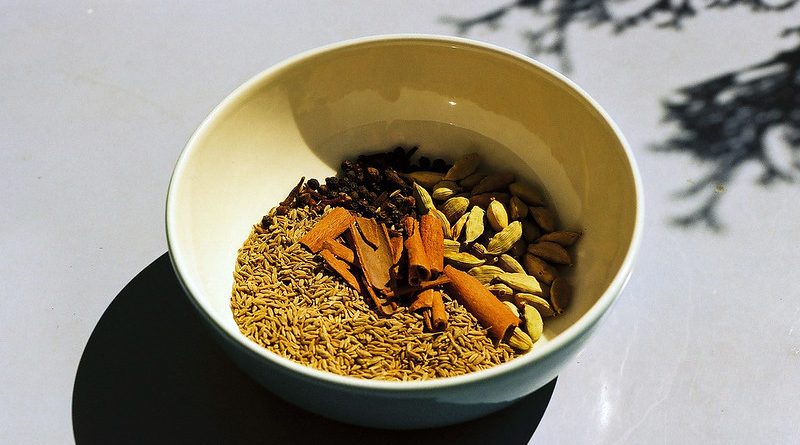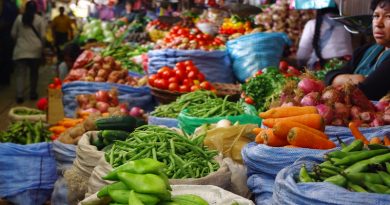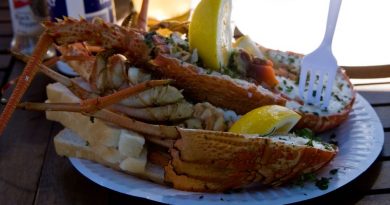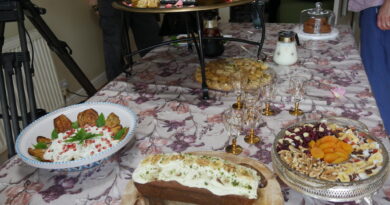The Food of Zanzibar
Zanzibar is a “spice island” and officially, an autonomous territory of its mainland neighbour Tanzania. Once a busy international trading hub, its main products were not always savoury. Besides spices, Zanzibar thrived for hundreds of years a major trading hub for slaves.
As early as the 15th century, Arab and Persian traders brought with them essential ingredients like coconut palms, mango and citrus trees, and rice that changed local gastronomy forever. A convergence of foods and spices from the Middle East, as well as India, and Africa, and Europe, all combined to form what is considered one of the richest food cultures in East Africa.
Markets
Old Town Market: architecturally more like a Kasbah or bazaar, a maze of narrow streets and alleys are lined with small open shops in the heart of town: grains, fish, vegetable, fruits, spices, and everyday household goods. Because of equatorial temperatures, the market is closed at midday, but open until late at night.
Forodhani Gardens
A night market on the waterfront featuring crab, lobster, prawns, stingray, and dozens more fresh fish catch and street food everywhere: Fresh pressed sugar cane juice, samosas, zanzibari “pizza”.
Classic foods and local specialties
Pilau rice is “The Dish” of Zanzibar. The spicy rice with meat or seafood, is typically served on a communal platter, eaten by hand, dipping into side dishes like marinated onions with lime juice, sliced chillies and sugar over sliced tomatoes and cucumber.
“Ugali” a national “staple” is corn flour porridge. You must squash a portion into a ball with your hand, scooping an indented hole out with your thumb. Use the hole as a spoon, to scoop up accompanying food or sauces.
More recent English influences include a breakfast dish known as “chip-my-eye” which involves pan frying potato fries then pouring beaten eggs over them to form a kind of chip omelette.
Destination – Zanzibar




